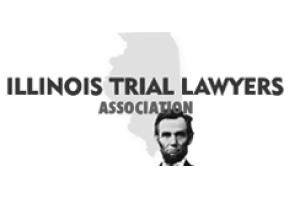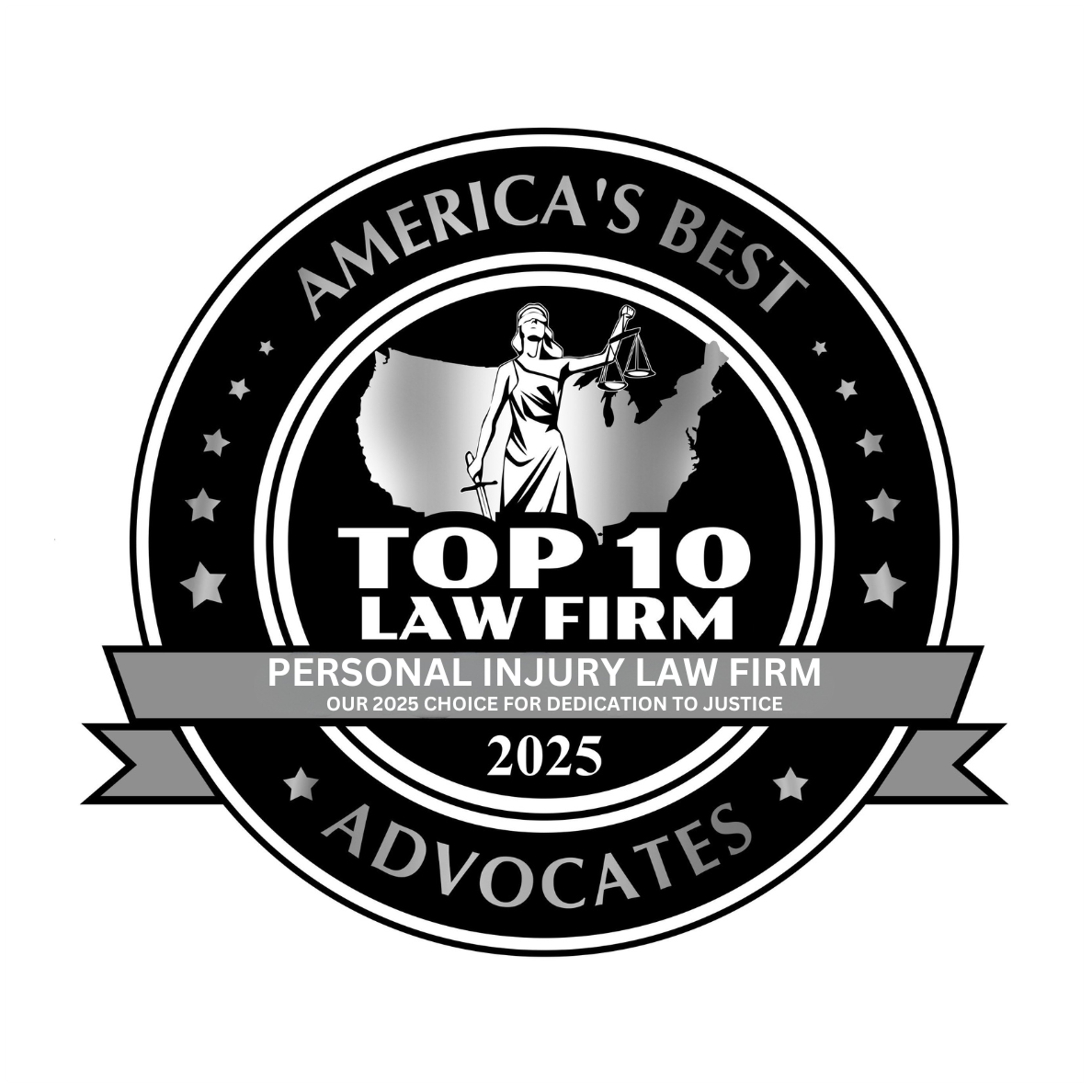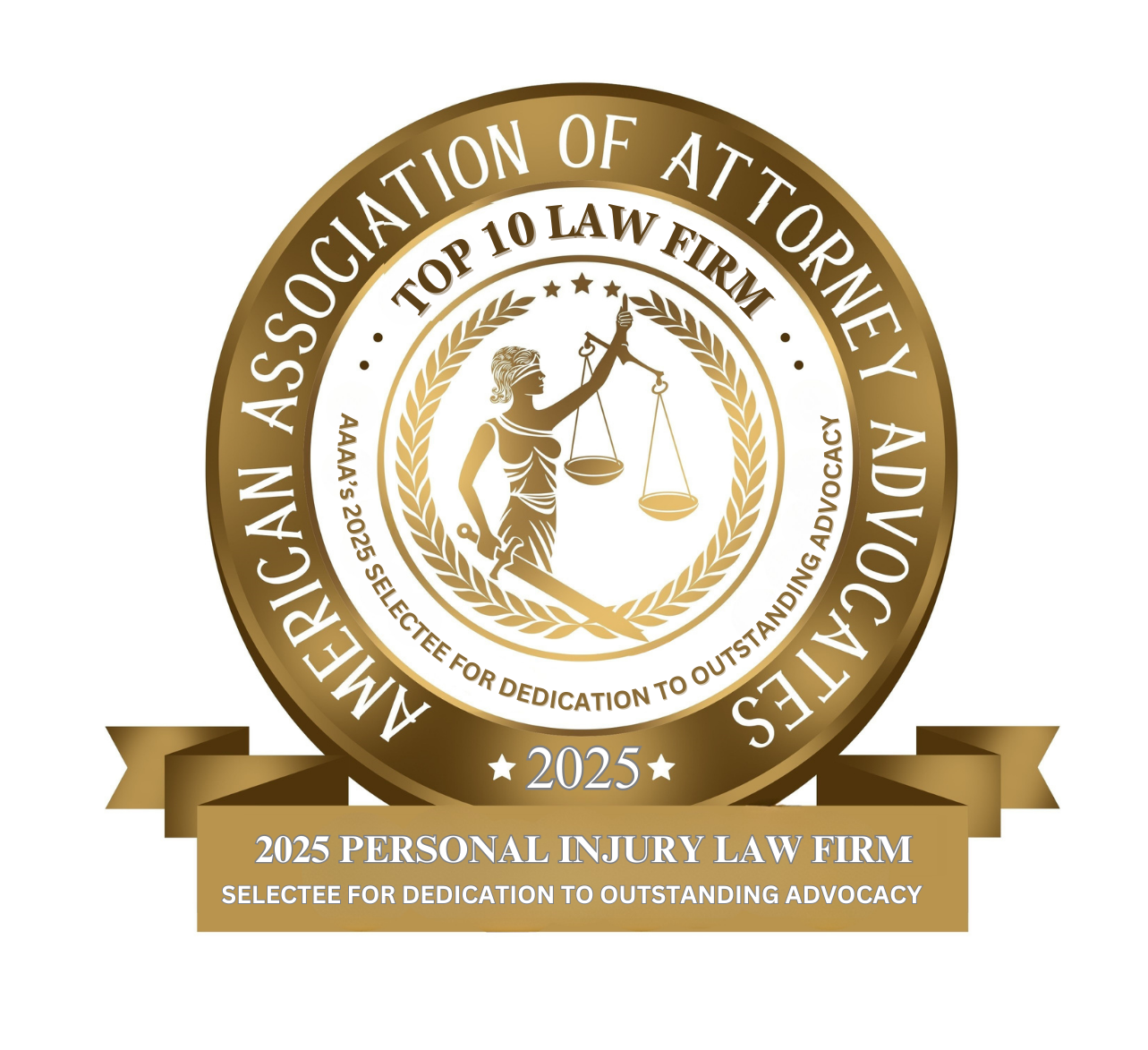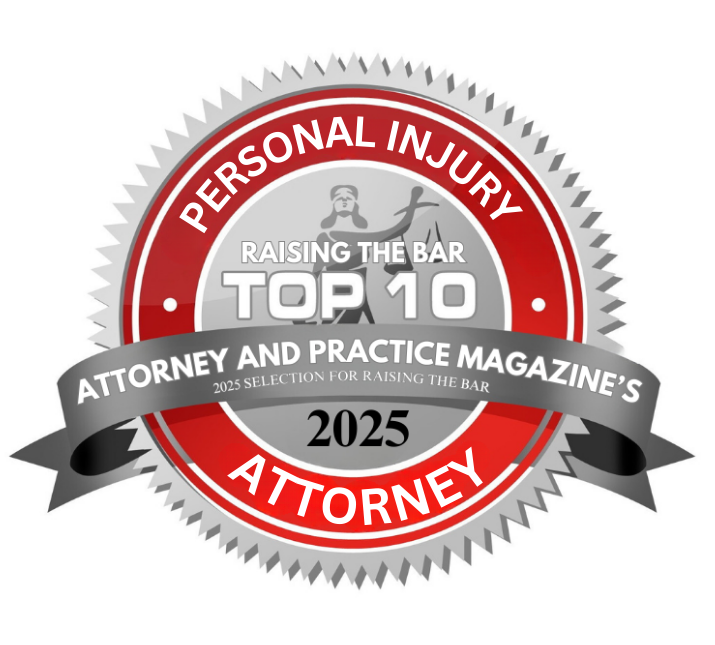- Free Consultation: (630) 527-4177 Tap Here to Call Us
Do Semis Have Blind Spots?
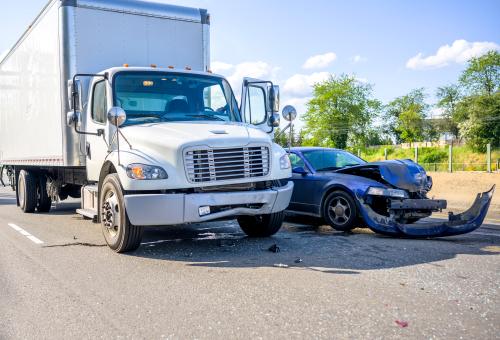
Large commercial trucks (semis, tractor-trailers, big rigs) absolutely have blind spots, sometimes called “no-zones”, and those blind spots are far larger than the ones drivers experience in cars. Because semis sit high, have long trailers, and depend on side mirrors rather than rearview mirrors, there are areas around the truck the driver simply cannot see. Those unseen areas contribute to thousands of serious truck accidents each year and hundreds of deaths. In this blog, we explain where the blind spots are on a semi, why they matter, what the research and federal statistics show, practical safety tips for drivers, and how to proceed after a truck crash.
“Truck blind spots are not a minor inconvenience, they are a deadly design reality that requires respect from drivers and responsibility from carriers. After a semi collision, meticulous investigation of logs, cameras, and vehicle data is essential to reveal whether driver error, poor training, or corporate negligence caused the crash.” — John J. Malm, Naperville truck accident attorney
Where Blind Spots Are on Semis
Drivers and safety organizations commonly divide a truck’s blind spots into four main areas:
- Front no-zone (front blind spot): The area immediately in front of the tractor, roughly the first 20 feet in front of the cab, where the truck driver cannot see a car. This is why cutting closely in front of a truck is dangerous.
- Rear no-zone (behind the trailer): The area directly behind a trailer (extending tens of feet commonly described up to 30–200 feet depending on context) is invisible to the driver and also blocks your vision of the road ahead.
- Right-side no-zone (passenger side): The most dangerous blind spot. It starts just behind the cab and runs the length of the trailer, often covering one or two full lanes. A car riding in this area is very easy for a semi driver to miss.
- Left-side no-zone (driver side): Also significant, though typically smaller than the right-side blind spot because the driver sits on the left. The left blind spot extends along the trailer’s left side and can cover the adjacent lane.
These “no-zones” are not theoretical: state DOT safety pages and traffic-safety campaigns show that blind areas around semis are measured in tens to hundreds of feet, and the right side and rear areas are especially risky for lane changes and sudden braking.
How Truck Blind Spots Contribute to Accidents
Large-truck crashes are a significant source of roadway fatalities and serious injuries in the U.S., and many of those victims are occupants of other vehicles, the people most likely to be hidden in a semi’s blind spot.
- In 2023, federal crash statistics show over 5,400 people were killed in crashes involving large trucks, and a large share of those killed were occupants of other vehicles, not truck drivers.
- Federal traffic-safety analysts have estimated that roughly 300 people are killed each year in crashes directly attributable to truck blind spots (no-zone related collisions). News investigations and NHTSA-based summaries cite this figure when describing the continuing risk from blind-spot crashes.
- The Large Truck Crash Causation Study (LTCCS) and follow-up analyses identified inadequate surveillance (truck drivers not seeing other road users) as a contributing factor in a notable share of large-truck crashes. For example, LTCCS found that about 14% of large-truck crashes involved inadequate surveillance by the truck driver (a category closely tied to blind-spot issues).
Put simply: semis are overrepresented in high-severity crashes, and blind-spot/visibility issues are a documented contributor. Because trucks are heavy and many collisions occur at highway speeds, crashes that involve a vehicle in a truck’s no-zone often have catastrophic results for the smaller vehicle.
Why Drivers Underestimate Semi Blind Spots
Several surveys and safety studies show that most drivers do not fully understand how large truck blind spots work:
- A 2024 industry survey found fewer than 5% of American adults could correctly identify all of a tractor-trailer’s blind spot areas, and many respondents admitted to changing lanes immediately in front of a truck, a particularly dangerous maneuver. That misunderstanding helps explain why passenger vehicles routinely end up in no-zones.
Lack of public awareness plus the pressure of dense traffic means drivers often make risky moves around semis: cutting in front, lingering on the right side, or tailgating the truck’s rear, all behaviors that put them squarely in a no-zone.
Typical Truck Accident Types Involving Blind Spots
Blind-spot related incidents often follow a few recurring patterns:

- Lane-change strikes: A truck changes lanes or a car attempts to pass in a no-zone and is struck by the truck’s trailer.
- Sideswipes and right-turn collisions: Cars passing on the truck’s right get squeezed or struck when the truck turns right (right-turning big rigs sweep widely).
- Rear-end and underride crashes: Cars directly behind a trailer may be invisible and can be run into if the truck brakes or if the car is following too closely; underride (where a smaller vehicle slides under the trailer) is a particularly deadly outcome in high-speed cases.
- Merging/cut-off crashes: Cutting closely in front of a semi (entering its front no-zone) leaves drivers with very little space to stop, increasing rear-end risk because large trucks need substantially more stopping distance.
Federal data also show that in large-truck fatal crashes, the occupants of other vehicles constitute a large majority of fatalities, which illustrates how devastating collisions are when smaller vehicles are involved in truck blind-spot incidents.
Semi Safety Technology and Regulation
Technology can reduce blind-spot crashes, but regulations and deployment lag:
- Collision avoidance and blind-spot detection systems exist for heavy trucks (cameras, radar side-object detection, automatic emergency braking, lane-departure warning). Research suggests these technologies can prevent many crashes, but they are not yet universally required on all trucks. Investigative reporting and industry advocates argue that the U.S. could prevent tens of thousands of crashes annually by accelerating adoption.
- Electronic stability control (ESC) and AEB show measurable safety benefits on large vehicles for rollover and loss-of-control crashes, according to safety researchers, but blind-spot specific mandates are more piecemeal and often follow voluntary industry programs or fleet upgrades.
Until technologies are universally mandated, safe road use remains a mix of driver training, company safety policies, and public awareness campaigns.
Practical Safety Tips for Drivers Sharing the Road with Semis
If you drive near semis, you can reduce your risk with simple, defensive habits:
- Avoid the right-side no-zone. If you can’t see the truck driver’s face in the truck’s mirror, the driver cannot see you. Don’t linger there.
- Never cut sharply in front of a truck. Leave plenty of space. Trucks require far more distance to stop.
- Pass quickly and on the left when safe. Signal, move decisively around the tractor-trailer, and return to your lane only when you can see the truck in your rearview.
- Give trucks extra room when they turn. Big rigs often swing wide on right turns. Don’t squeeze between the truck and the curb.
- Stay out of the rear no-zone. Don’t tailgate. If you can’t see the truck’s mirrors, the driver can’t see you.
These practical steps don’t replace vehicle safety technology or better regulation, but they cut down the most common risky interactions that end in serious crash outcomes.
What To Do If You’re Involved in an Accident With a Semi
If you are in a crash that involves a semi and you suspect blind-spot issues were a factor:
- Get medical help immediately. Prioritize injuries and documentation.
- Call police and preserve evidence. Take photos showing vehicle positions, skid marks, damage, and the truck’s configuration (mirrors, trailer type) and record witness contact information.
- Ask for the truck’s log, ELD data, and carrier information. Commercial trucks are required to maintain records that can be critical to proving fault, like driver logs and electronic logging device (ELD) data.
- Do not sign away your rights. Avoid recorded statements to insurers until you consult counsel.
- Consult a lawyer experienced in truck-accident litigation. Trucking cases often require expert reconstruction and an understanding of federal carrier regulations.
Frequently Asked Questions about Semi Blind Spots
Q: Do truck drivers have mirrors that eliminate blind spots?
A: Trucks use multiple side mirrors, and many newer rigs add cameras, but mirrors alone do not eliminate all blind spots. Mirrors give limited coverage and still leave wide areas (especially on the right side and directly behind the trailer) where smaller vehicles are invisible.
Q: Are blind-spot collisions usually the truck driver’s fault?
A: Fault depends on the facts. Many blind-spot crashes result from a combination of actions, such as the truck driver’s failure to check mirrors, a car lingering in a no-zone, or violations of turning rules. Determining liability often requires investigating driver logs, dashcam footage, witness statements, and expert reconstruction.
Q: Can technology prevent these crashes?
A: Yes, blind-spot detection, side-object detection, camera systems, and automatic emergency braking can reduce crashes. However, adoption is uneven and not yet mandatory across all fleets, so technology alone has not eliminated the problem.
Contact the Award-Winning Illinois Semi Truck Accident Lawyers at John J. Malm & Associates
Truck drivers and trucking companies have a responsibility to operate safely, but when they fail to do so, innocent motorists can suffer catastrophic injuries or even death. Blind spot accidents involving large trucks are preventable, yet they continue to cause devastating harm on Illinois roads each year. If you or a loved one has been injured in a truck accident that may have been caused by a driver’s negligence, including failure to monitor blind spots, you have the right to seek justice.
At John J. Malm & Associates, our experienced Illinois truck accident attorneys are dedicated to uncovering the truth and holding negligent drivers and trucking companies accountable. We understand how overwhelming it can be to deal with serious injuries, medical expenses, and insurance companies after a crash and we are here to help. Our firm has a proven record of achieving outstanding results for victims of trucking accidents throughout DuPage County, Will County, Cook County, and across the state.
Contact John J. Malm & Associates today for a free consultation to speak directly with an experienced attorney. We’ll review your case, explain your legal options, and fight to secure the compensation you deserve. Don’t wait, let our trusted legal team help you take the first step toward recovery and justice.




